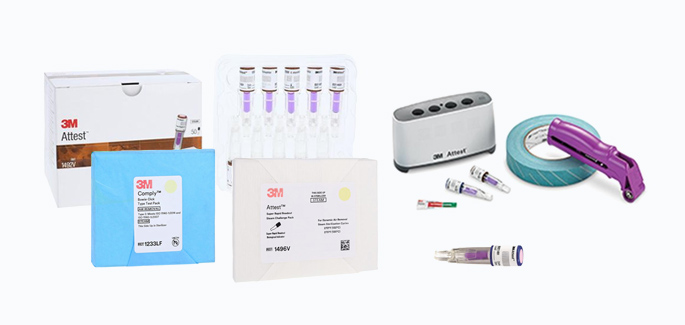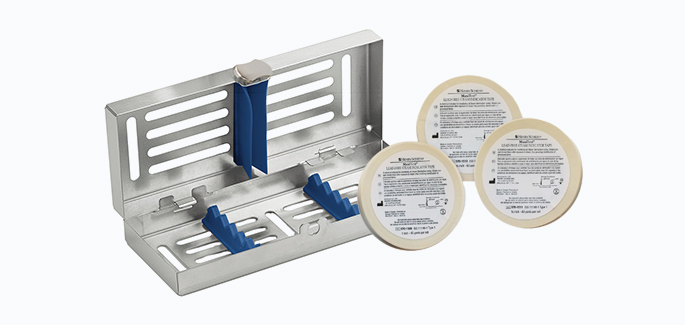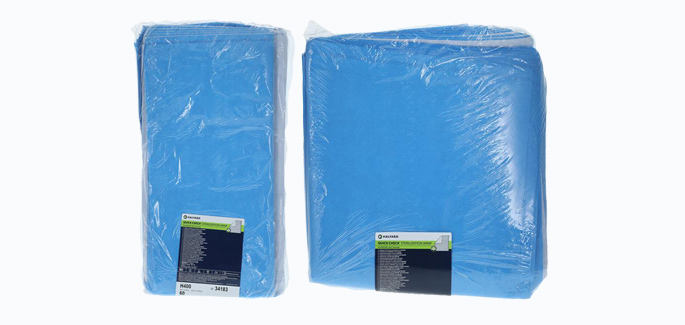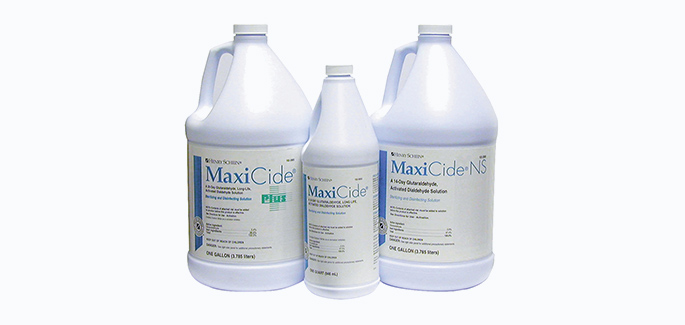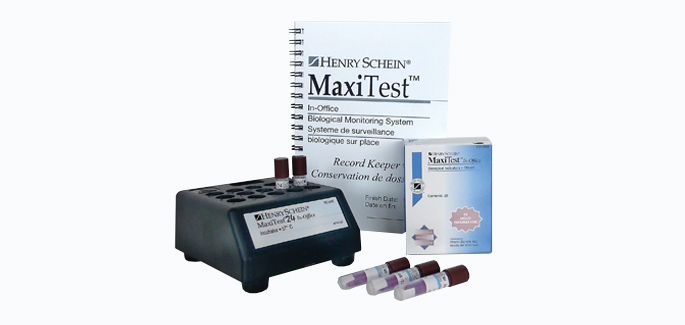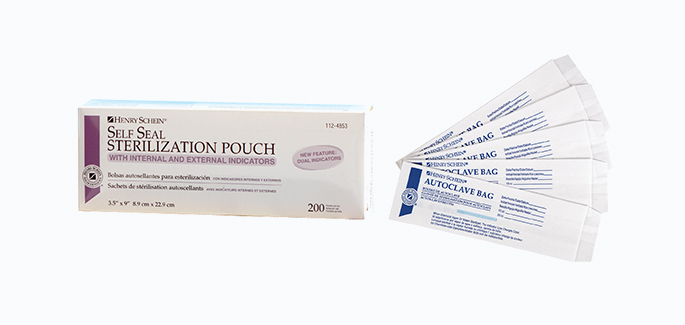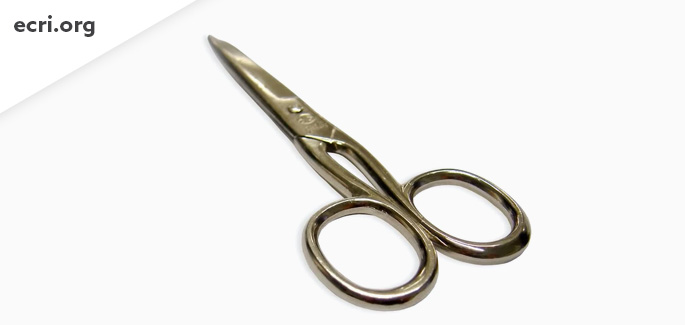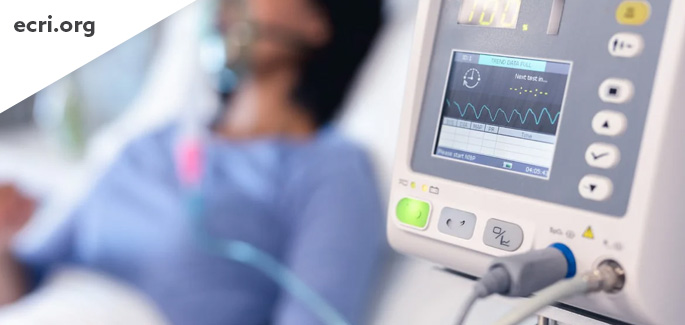Time Isn’t on Our Side: Making the Most of Our Sterile Processing Minutes
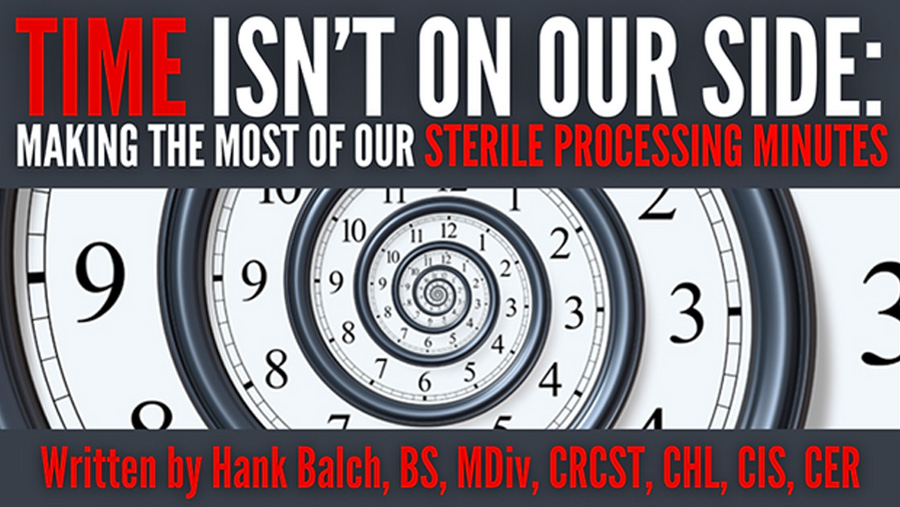
“How many trays should a technician process in an eight-hour period?”
Ever hear that question before? Sure you have. It’s one of the hottest questions on the internet, forums, and consulting projects in the sterile processing industry today. Typically it’s regarding deeper concerns over productivity and benchmarks, which I cover in more depth in a previous article in this series. But there’s an assumption in the question itself that is worth diving into a little deeper.
The Simple Math of Sterile Processing Time
First, let’s really drill down into this eight-hour nonsense. An eight-hour shift consists of 480 minutes. Contrary to popular opinion, the federal government does not require employers to give a set number or length of breaks throughout the workday.¹ If short breaks are given (5–20 minutes), they are included as paid time (rules obviously differ in union-contracted environments). Thankfully, most of our hospitals offer regular breaks throughout the workday, typically totaling a combined 30 minutes of nonworking, compensated time. Taking these 30 minutes and some to- and from-break transition buffer time out of our 480 minutes, we are left with about 440 minutes of working time.
It is also common for departments to have some type of huddle at the beginning of each shift before technicians are able to begin working in their assigned areas. For the sake of argument, let’s assume this huddle lasts an average of ten minutes. Subtract that from our current count of 440 minutes, and we’re now left with 430 minutes of available working time.
Toward the end of shifts, it is regular practice for technicians to be given anywhere from 10–15 minutes to clean up their assigned workstations, disinfect the area, return and refill extra supplies, and give handoff information to the incoming shift. Again, for the sake of argument, let’s say this averages out to fifteen minutes per day. Subtracting that from our current count of 430 minutes gives us a remaining total of 415 minutes of available working time. Without even going into the myriad other time-killers and distractions common in our sterile processing departments, this math alone brings us down to 6.92 hours of available working time per technician right off the bat. That number may still look healthy enough to hit whatever target or expectation is laid out for a full eight-hour period, but when it is scaled out over a small department, the real impact is quite clear. With ten technicians working an eight-hour period, that totals 80 available worked hours, or 4,800 available worked minutes. However, taking our more realistic number of 415 minutes (from above) and scaling that out over ten technicians gives us 4,150 minutes, or 69.17 hours. That’s a difference of nearly 11 worked hours! If some pinhead consultant would have told our manager that an average technician should process four trays per hour (which is the common industry advice out there), we would be off target by 44 trays—or anywhere from 15 to eight surgical cases of instrumentation.
The Time and Space Continuum in Sterile Processing
But wait, there’s more! As if the realistic time measurement gap isn’t bad enough, there is a second assumption built into the question that bears addressing. Our departments are not a one-assignment job. On any given shift, we may have technicians working in various spaces in the department, including decontamination, instrument assembly, sterilization, case picking, distribution, or some combination of these. When a department leader asks the question, “How many trays should a technician process in an eight-hour period?” they are rarely, if ever, asking about any part of the processing workflow except instrument assembly.
This is not to say that tray assembly times can’t be viewed helpfully in isolation from the rest of the workflow, but it is to point out that tray availability for assembly is largely dependent on how efficient the technicians are who have been assigned to decontamination. Likewise, the efficiency and flow of the technicians assigned to sterilization and case picking are largely dependent on the efficiency of the technicians located in the assembly area. Bottlenecks and delays in any of these areas have a ripple effect on the rest of the workflow that can drastically impact the availability of patient-ready trays for surgical cases the following day.
Working Back in Time
Instead of making assumptions based on bad math and a narrow view of our departments, it would be much more beneficial for department leaders and technicians to work the equation backward. First, start with the current state. Calculate how many realistic available worked minutes your technicians are using to produce your current volume of surgical trays (total minutes and total trays). You can use these numbers to give a department-specific average of minutes required per patient-ready tray, including active* time spent on transporting, decontaminating, inspecting, assembling, packaging, sterilizing, storing, and picking for cases. This is your starting point. This would be like timing yourself running a 5K before you put on running shoes, begin training, and change your diet. It’s the status quo.
Next, take a close look at the process and begin identifying any wasted steps, disorganized workflow, and other barriers, for your technicians to remain focused and productive during their limited available minutes at each assignment area. Literally every minute counts. Shaving 60 seconds off of one tray for ten technicians across three shifts can save you a staggering 182.5 hours per year—that’s over 4½ weeks for a full-time employee. Again, that’s with cutting out one minute from one task. The potential for time- and cost-savings in this minute-focused model is absolutely massive.
Asking ourselves how many trays should a technician produce in an eight-hour period is a reasonable, though largely unhelpful question. A more important and productive question to ask is, “How many seconds can I save on this tray, process, or step in the workflow?” Seconds add up to minutes, which add up to trays, which add up to patients who don’t have to wait on us.
That’s the ultimate goal. Now, do you have the time?
*This is different from total workflow time, which may include machine time such as washer cycles, autoclave cycles, etc.
Original Article: https://www.beyondcleanmedia.com/post/sterile-processing-minutes
References
1. Dol.gov. “Breaks and Meal Periods.” Accessed September 27, 2021. https://www.dol.gov/general/topic/workhours/breaks.
Hank Balch is the Founder & President of Beyond Clean. He began his career in instrument reprocessing as a frontline technician in 2009, and has served as an Instrument Database Specialist, Department Manager, and System Director for various SPD departments across the country. Hank is an award-winning Sterile Processing leader (2016 Healthcare Purchasing News “CS/SPD Department of the Year”), twice nominated for IAHCSMM President (now HSPA), founder of two state-wide IAHCSMM chapters, conference speaker, and well-known industry writer, blogger, and social media connoisseur. He has written over 150 Sterile Processing articles, with his work being published in Becker’s Hospital Review, Infection Control Today, Healthcare Purchasing News, Communique, Outpatient Surgery Magazine, AAMI BI&T Journal, SteriWorld, and other publications across the globe. His passion is seeing frontline Sterile Processing professionals equipped to #FightDirty, every instrument, every time.
Consult An Expert
Need more specific guidance or tailored product recommendations? Our team of infection control consultants is here to help. Contact us using the form below.
